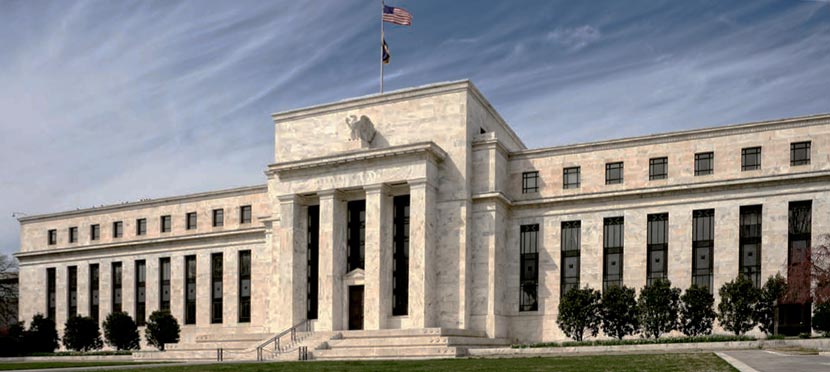Near-term global growth prospects remain robust despite rising trade tensions and political risks, but US inflation risks are rising, says Fitch Ratings in its new Global Economic Outlook (GEO).
Accelerating private investment, tightening labour markets, pro-cyclical US fiscal easing and accommodative monetary policy are all supporting above-trend growth in advanced economies. In emerging markets (EMs), China’s growth rate is holding up better than expected so far this year in the face of slowing credit growth; Russia and Brazil continue to recover, albeit slowly; and the rise in commodity prices is supporting incomes in EM commodity producers.
“Global trade tensions have risen significantly this year, but at this stage the scale of tariffs imposed remains too small to materially affect the global growth outlook. A major escalation that entailed blanket across-the-board geographical tariffs on all trade flows between several major countries would be much more damaging,” says Brian Coulton, Fitch’s Chief Economist.
Populist political forces continue to create policy risk and increase the threat of rising tensions within the eurozone that could adversely affect the outlook for investment, a key driver of growth last year. At this stage, we have made only a modest downward revision to our eurozone investment forecast for this year (to 3.3% from 3.9% in March), but a further escalation in uncertainty represents an important downside risk.
A much sharper-than-anticipated pick-up in US inflation remains a key risk to the global outlook. The decline in US unemployment – to 3.8% in May – is becoming more important to watch, and we forecast the rate to hit a 66-year low of 3.4% in 2019. A wide array of indicators of US labour market tightness suggest it is now only a matter of time before sharper upward pressures on US wage growth start to be seen.
“An inflation shock in the US could bring forward adjustments in US and global bond yields and sharply increase volatility, harming risk appetite. In particular, it could lead to a rapid decompression of the term premium, which remains negative for US 10-year bond yields. In combination with a likely aggressive Fed response, this would be disruptive for global growth,” adds Coulton.
Global growth forecasts remain unchanged since our March GEO, at 3.3% for 2018 and 3.2% for 2019. Nevertheless, 2018 growth forecasts have been revised down for 10 of the 20 economies that make up the GEO, with the eurozone seeing a 0.2pp downward revision, the UK a 0.1pp downward revision and Japan a 0.3pp downward revision. Brazil and South Africa have seen sizeable markdowns, and our Russia and Indonesia forecasts have also been lowered. These have been offset by 0.1pp upward revisions to the US and China and a stronger outlook for Poland and India in 2018.
For 2019, there have been fewer forecast changes, with the notable exception of Turkey, where recent currency turmoil and interest rate hikes are set to take a heavy toll on domestic demand. The US 2019 growth forecast has been raised by 0.1pp, and China’s 2019 outlook has been upgraded by 0.2pp following better-than-expected recent momentum.
Fitch still forecasts a total of four Fed rate hikes in 2018, followed by three more next year. Recent pronouncements from ECB officials suggest that the Asset Purchase Programme (APP) will be phased out in 2018, but also appear to imply that purchases will be scaled down between September and the end of the year rather than stopping abruptly after September. This is significant for the likely timing of the first ECB rate hike in 2019. ECB forward guidance has stated that rate hikes will not take place until “well after” the end of asset purchases, which the bank has clarified to mean quarters rather than years. A December 2018 end-date for the APP would imply rate hikes in 3Q19 or 4Q19. On this basis, we have revised our forecast of ECB rate hikes to just one increase in 2019, from two hikes before.
Global monetary policy normalisation and upward pressures on the US dollar have likely been contributing to the rise in financial market volatility witnessed so far this year. Both these global trends look set to stay.

